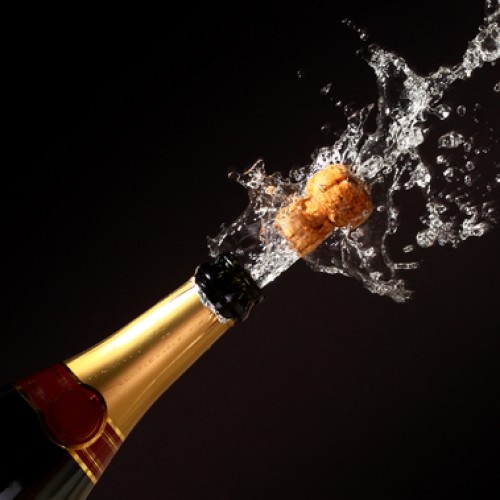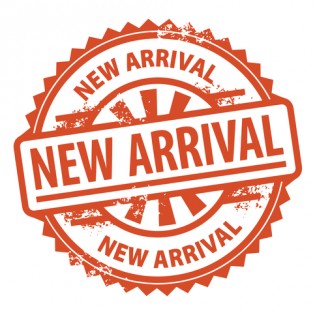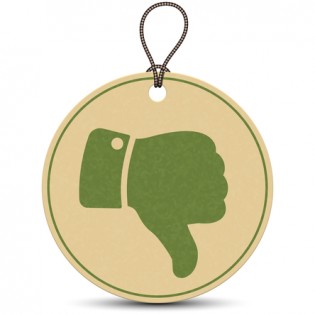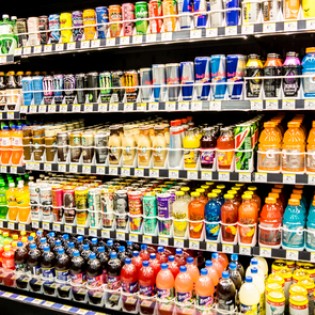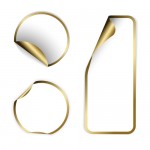No party is ever complete without some champagne popping session. With a rich history that dates back from as early as the 17th century, the drink is by all means special. It makes people go merry. It brings people together. It even supplements one’s health. Just don’t consume it more that you should. But as much as the drink is popular, a lot of work goes into it in terms of processing, shipping, handling and even storage. Labeling and packaging too matter as far as champagne processing and distribution is concerned. Here’s all you need to know about the rigors that come along with champagne and wine labeling in general.
Growing
Today’s champagne lover is more detailed, more concerned and more aware than ever before. Your champagne label should therefore display specific details of a few things you’re sure a champagne lover will be on the lookout for. Where were the grapes used to make the champagne grown? What was the quality of the grapes? Does the drink feature preservatives? While these may seem or sound like obvious details that should feature in all labels, they are not. Be sure to have labels that cater for all these aspects.
Wine Handling
This always features alongside storage details. Consumers want to know how well a product they consume on regular basis is stored and handled. They also want to know how delicate the product is. Any reservations you may have in regard to storage and any factor that may compromise quality should be succinctly detailed on your labels. Be sure to also note if the champagne is imported or locally produced.
Alcohol By Volume Content
Alcohol by volume content basically refers to the content of alcohol available in relation to the volume of beverage in the bottle. It is measured as a percentage and is easy to identify on the label. The typical bottle for champagne is 1.5 liters and the minimum alcohol percentage ranges between 7% and 14%.
Ingredients
Like all other food and beverages, champagne labels must feature a list of ingredients. This refers to all the ingredients including additives that were used in making the final product. The list of ingredients is beneficial to the consumer as it helps them identify the type of champagne they desire. It also helps the consumer avoid certain ingredients they are allergic to.
Getting a good understanding of champagne labeling basics is beneficial to both the consumer and the producer. To the consumer you will get to understand whatever you are consuming and whether it is good for your body or not. To the producer you get to market your product effectively as well as meet the federal government regulation for food and beverages. Some of the things that need to be put into consideration during labeling is the font used in labeling and material. Choose a font type that is unique and easy to read even from a distance. Clear materials for labeling are the best as they add value to the packaging.

